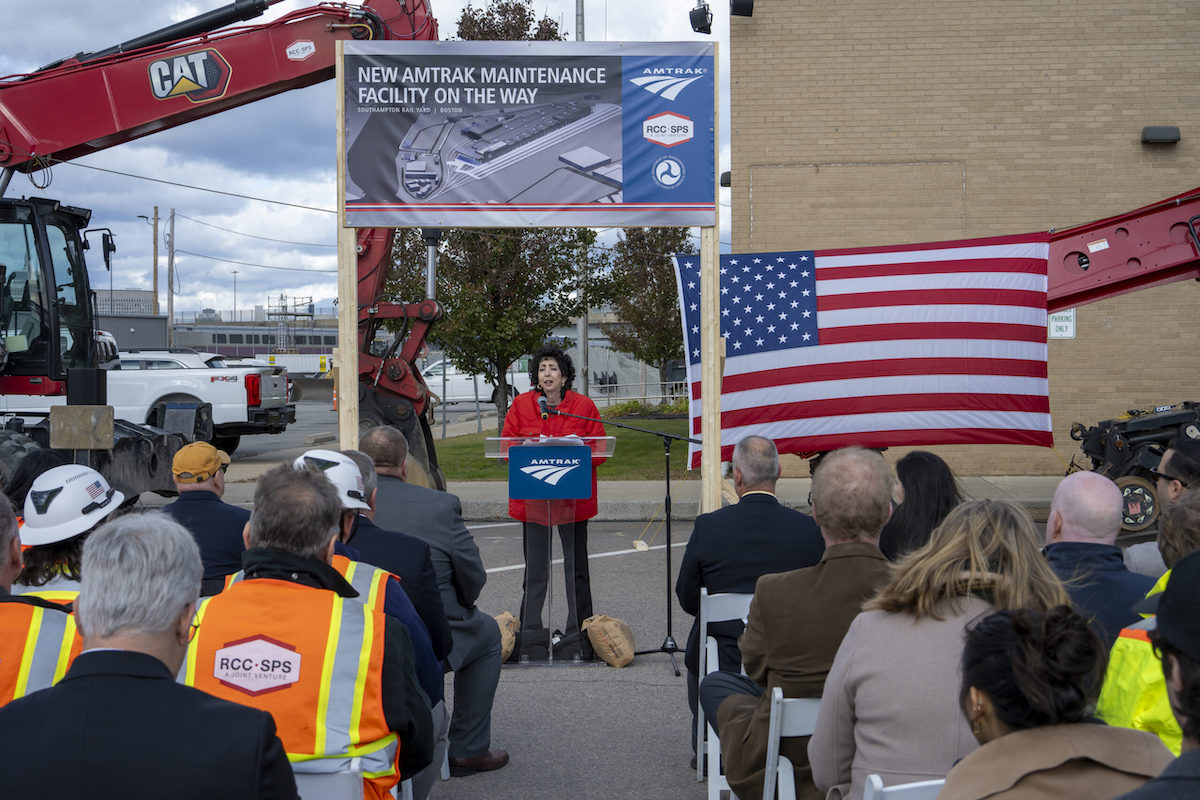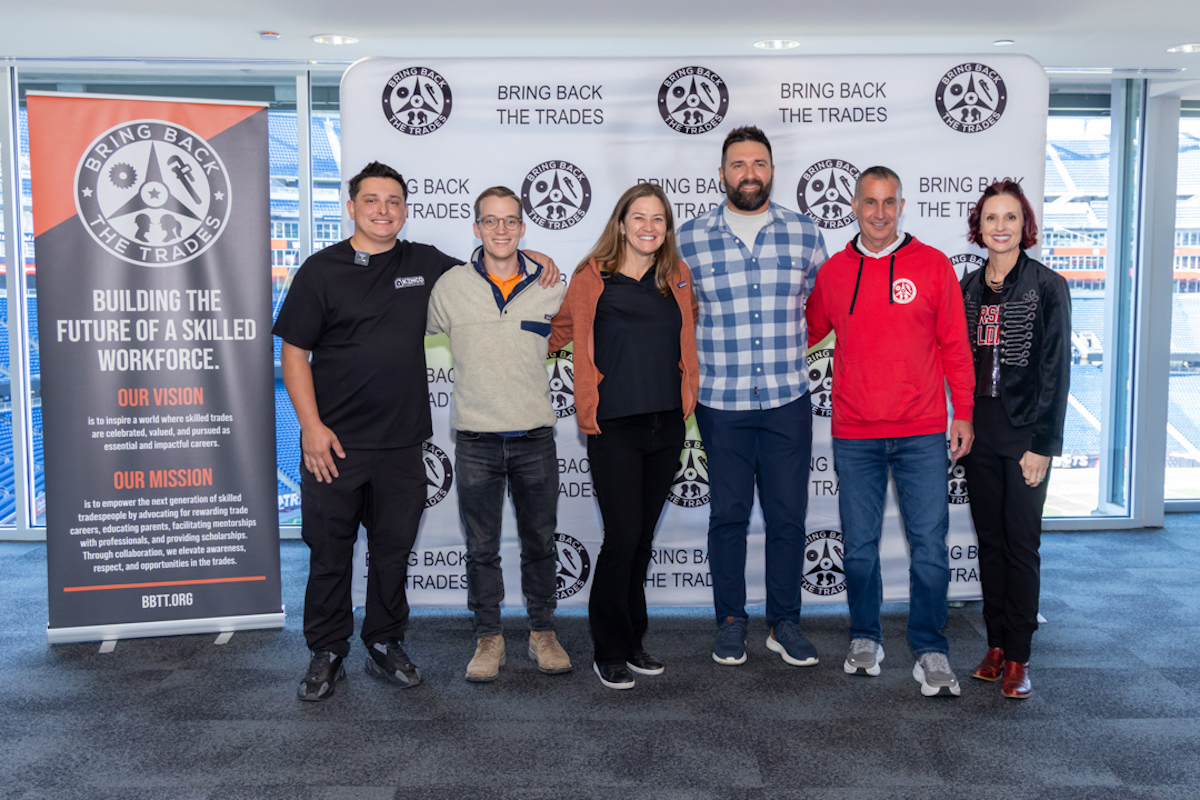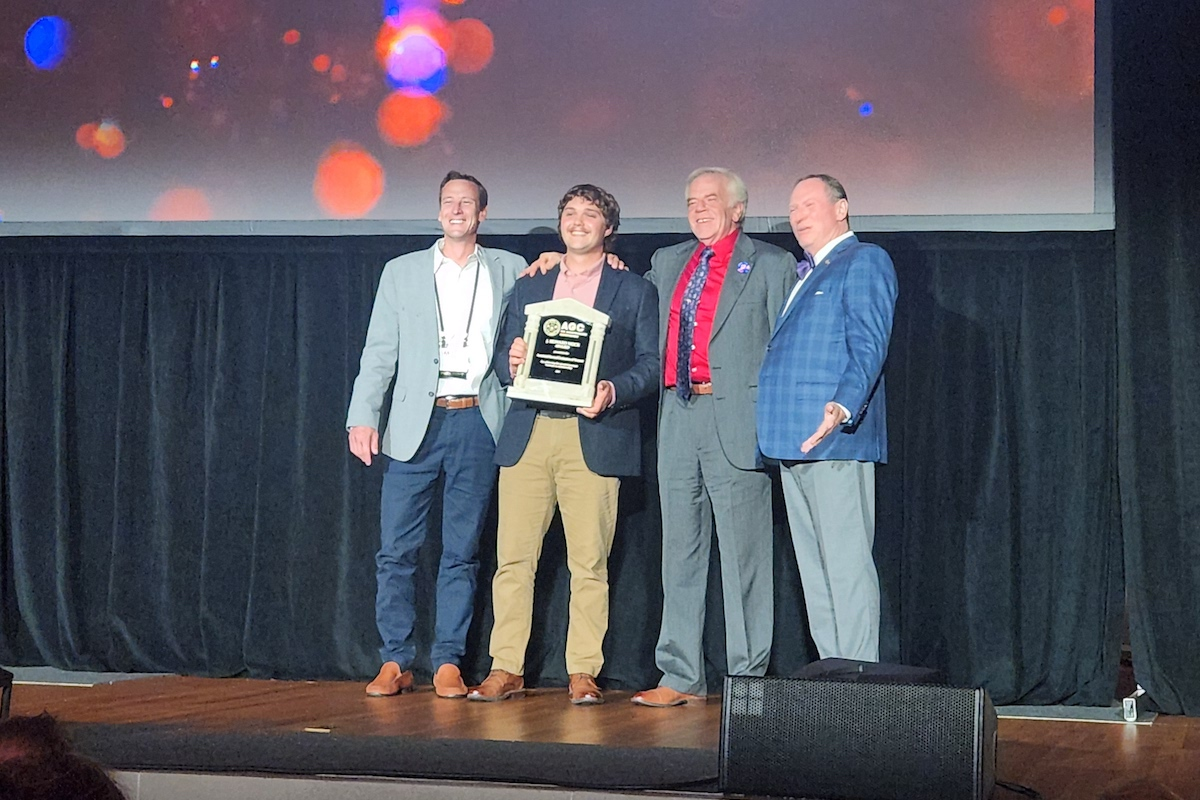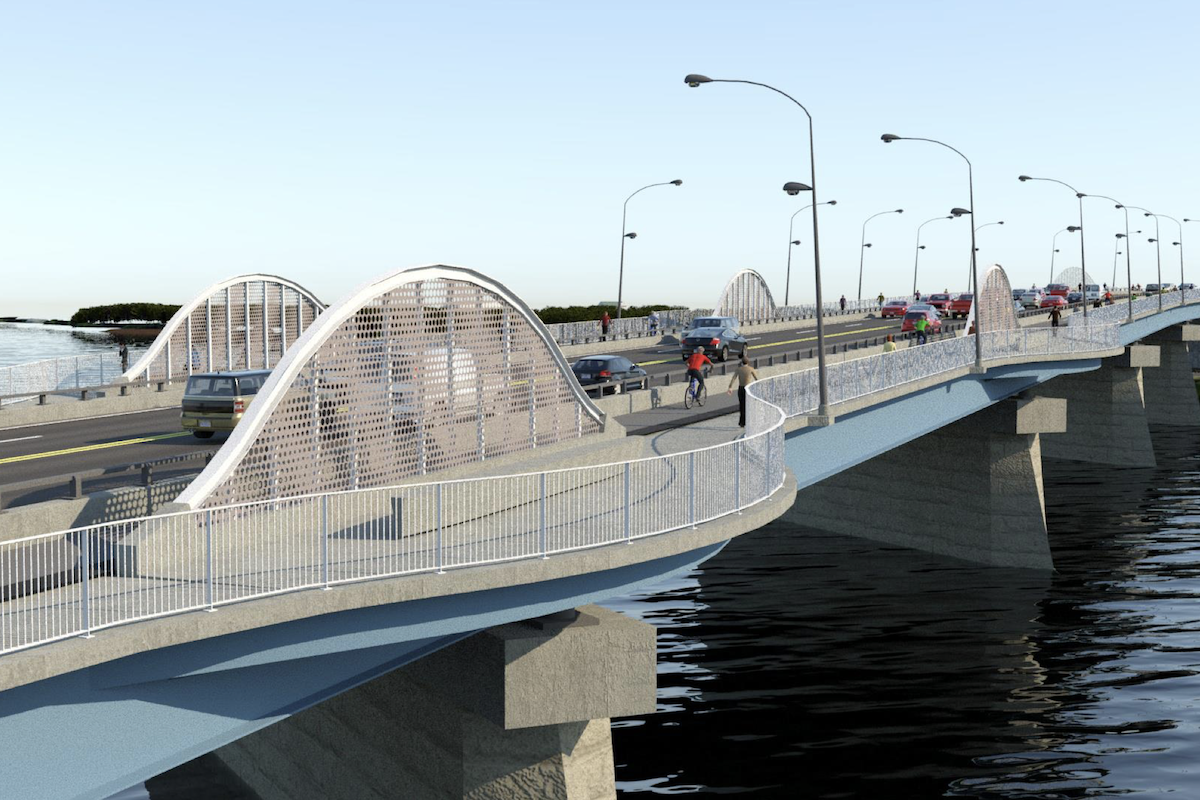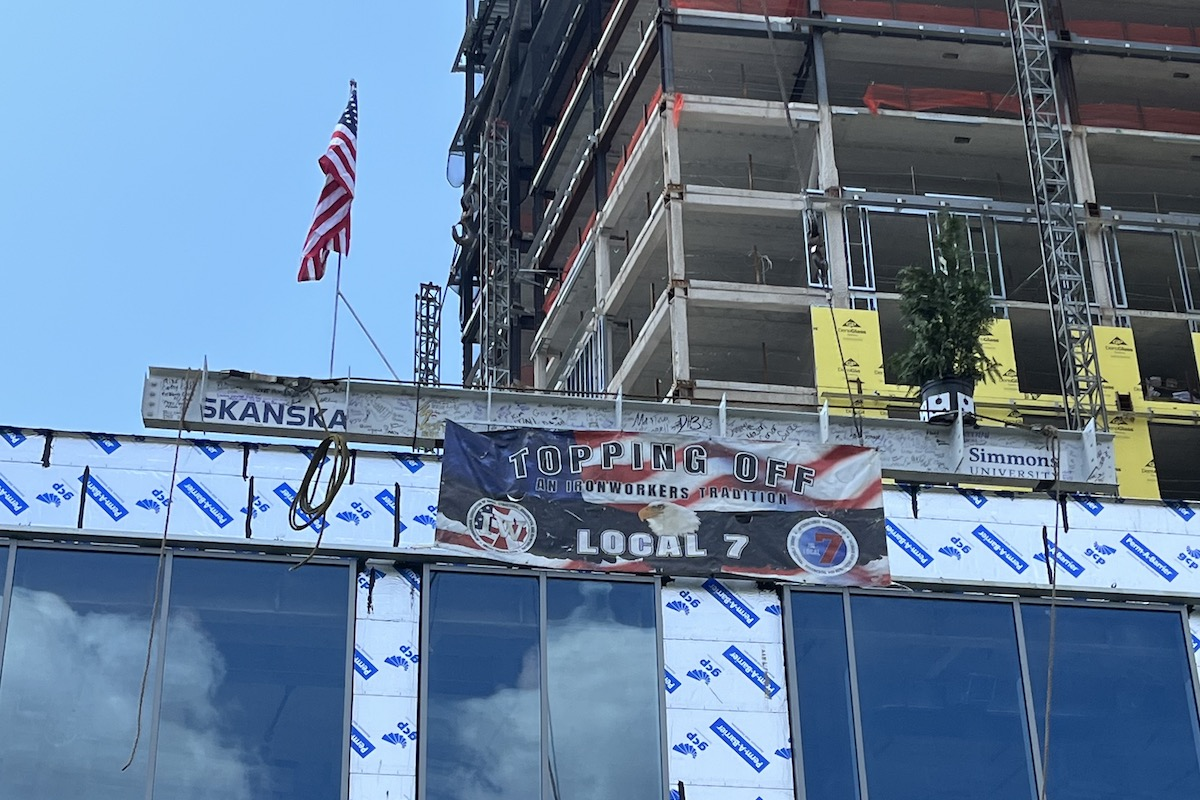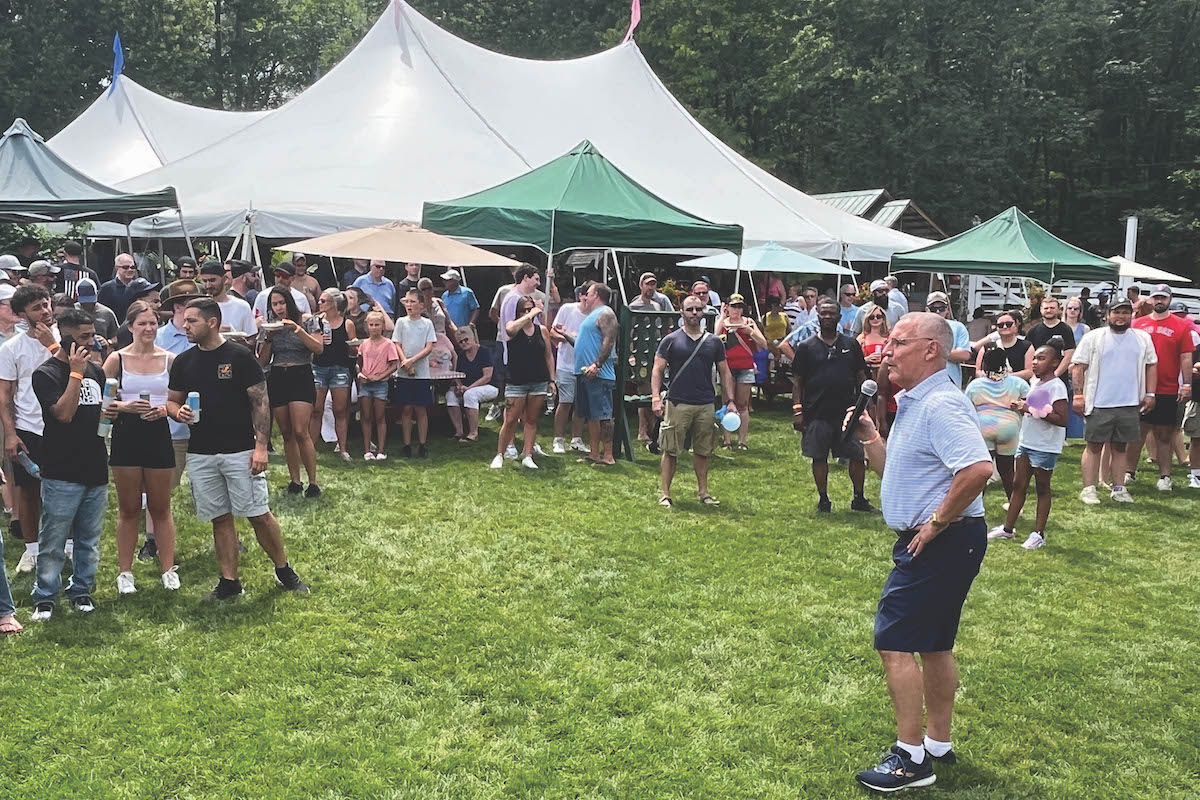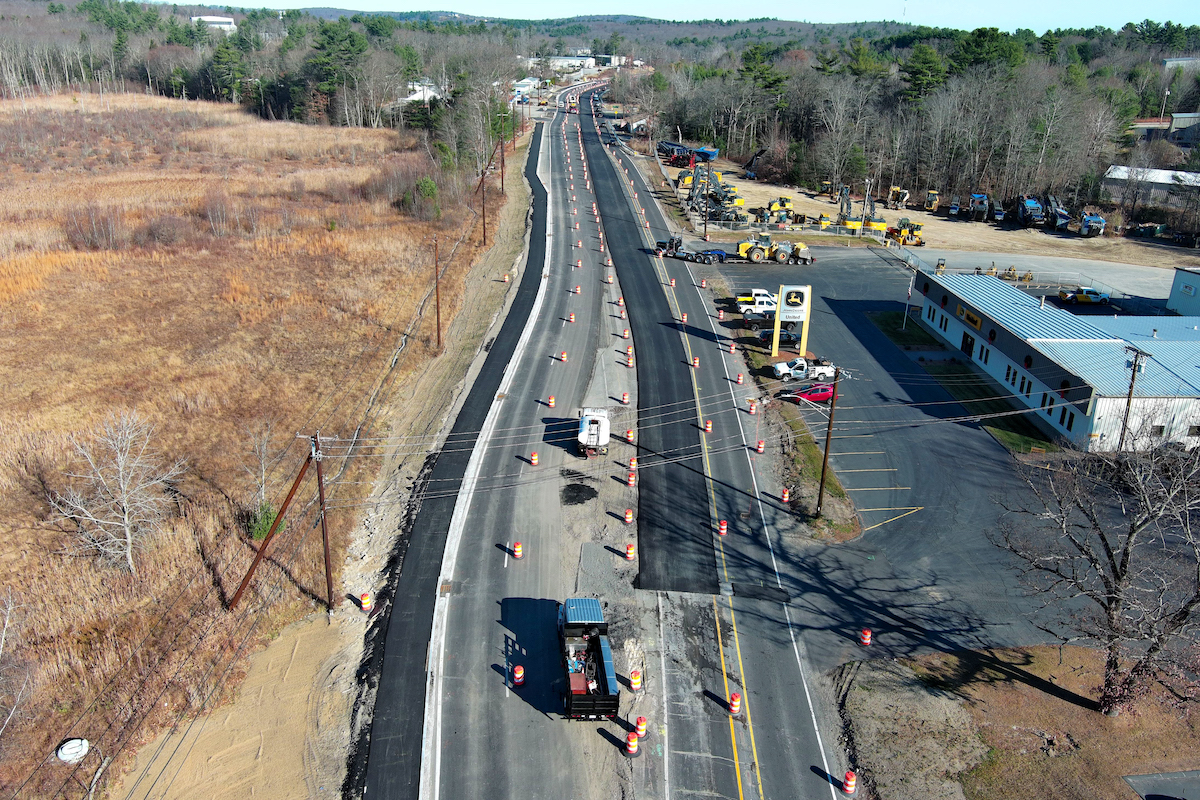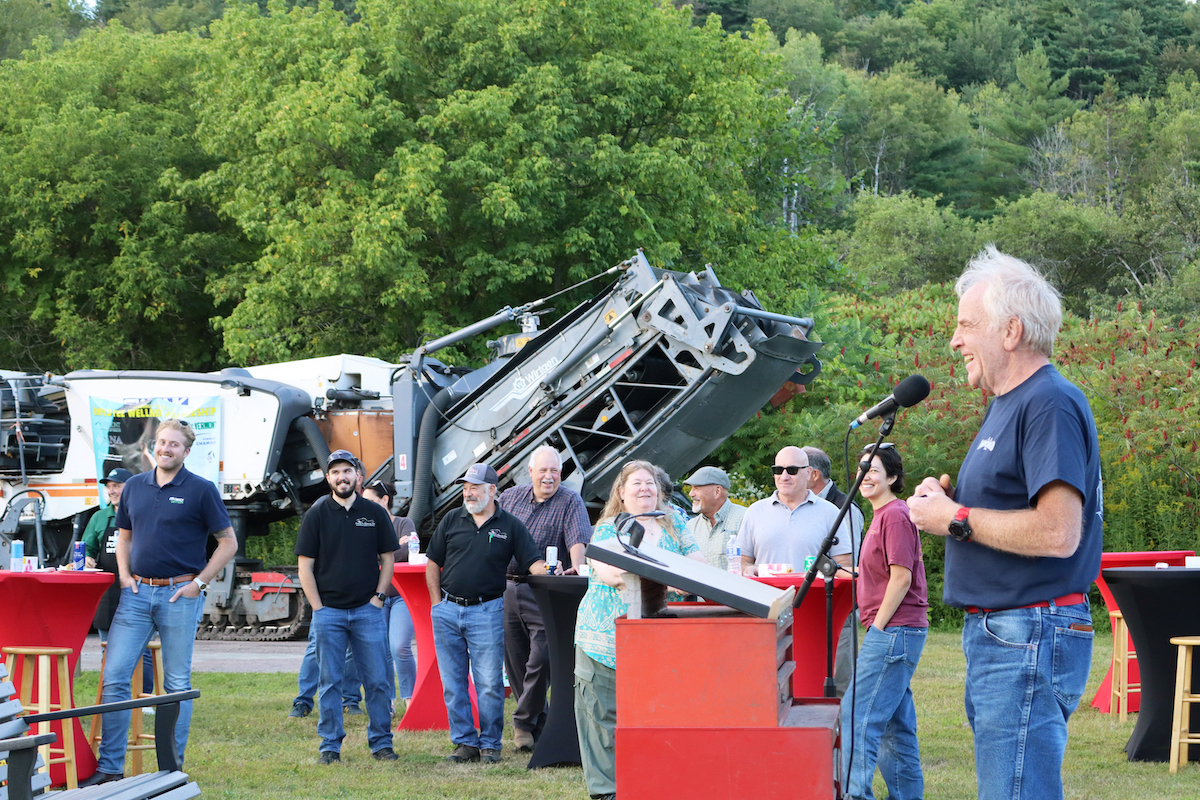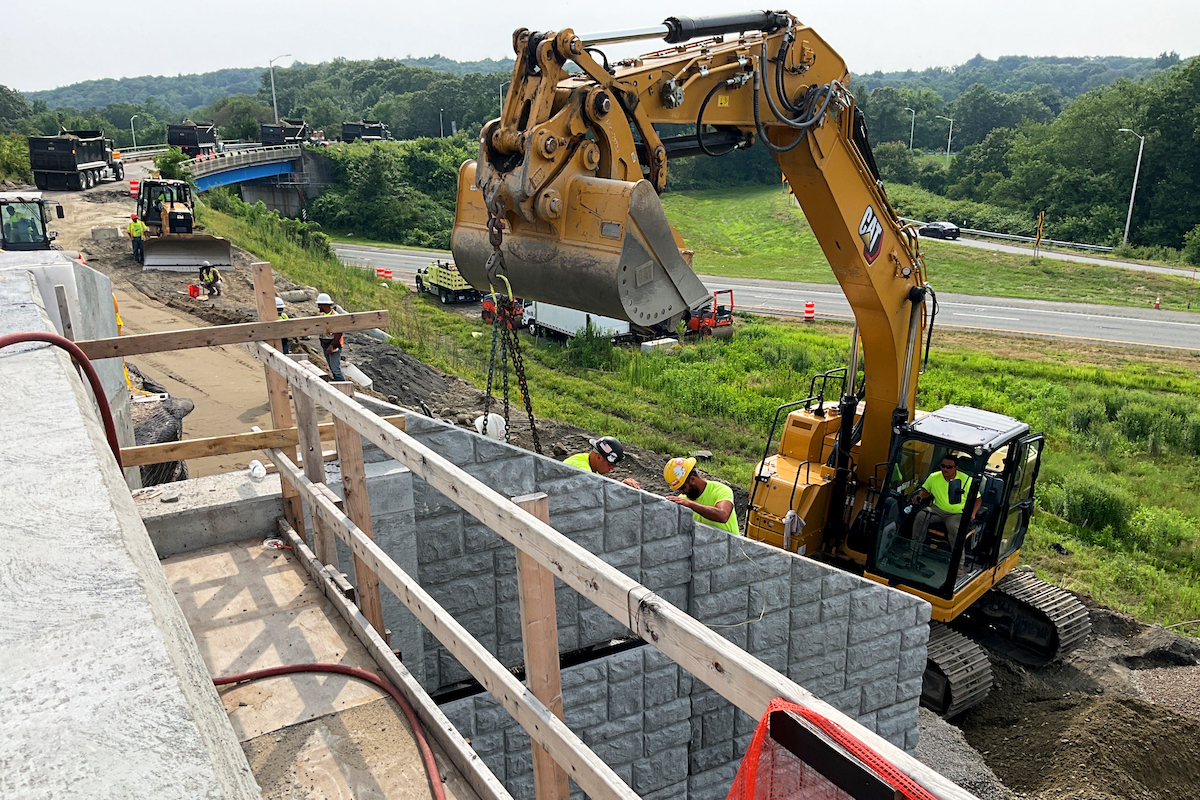This new era is allowing for the simultaneous and low-friction application of VR environments for larger groups of people to walk through large spaces. This pushes the technology from a primarily individual visualization tool to a collaborative meeting and walkthrough tool. Various hardware and software improvements, such as inside-out positioning, hand tracking and the portability of headsets, are reducing friction for users, facilitating comfort for longer periods of use. These improvements have resulted in groups of people remaining immersed together for longer periods of time than was previously possible. Users are experiencing environments intuitively, as if they were walking together, discussing issues and features naturally. This advancement signals a paradigm shift for the AEC industry’s use of immersive VR, ushering it from a technical curiosity to an intuitive and invaluable tool. In this article, we’ll illustrate how this is playing out for Seattle’s new Climate Pledge Arena.
For Climate Pledge Arena, we focused on four club spaces, suites, the press bridge, the arena bowl, the structure and the atrium space. After reviewing our options and the project’s needs, we decided to develop the environment for the Oculus Quest Headset. We recognized that this was certainly going to be a challenging endeavor for many technical reasons – such as the optimization of geometry and texture information – but that in the end, the Quest would allow for greater usability and flexibility.
Using SLAM (simultaneous localization and mapping), the Quest creates a virtual map of physical space with images from the headset’s four onboard cameras. As a result, the headset is able to track its position in the environment, differentiating itself from previous approaches to positional tracking that typically require external sensors to be set up in the space where the walkthrough is taking place. SLAM technology also allows the Quest device to track its position in a much larger area than is typically possible for an external sensor-based approach, with very little set-up required.
To combat this barrier to collaboration, we pushed the device’s limits for positional tracking by leveraging a large 40 feet by 100 feet open space at our project office. This allowed us to facilitate a walkthrough where users only used “teleporting” between club spaces or wings of clubs, allowing for the primary mode of navigation to simply be walking and moving naturally in the space.

| Your local Wirtgen America dealer |
|---|
| United Construction & Forestry |
| WI Clark |
Our Virtual Insights team was able to develop the code which allowed us to clear some of the technical hurdles we ran into when operating such a large and complex environment on mobile devices. Furthermore, we were able to add several important capabilities. Our code development, networking and a simple process for alignment – placing the virtual environment in alignment with the physical walkthrough space – ensures users’ avatars are in the same place as their physical bodies. Achieving this alignment is extremely important for users to interact normally in conversation, as it allows users to feel each other’s presence through accurate virtual representation of their position respective to their voices.
From this standpoint, the project was very successful, as we have facilitated walkthroughs for more than 100 people with an average time-in-environment of well over one hour per person. Oak View Group’s Project Executive Ken Johnsen has spent well over 10 hours in the environment and has become the best tour guide for the arena. He’s led tours for more than 30 people, including Oak View Group’s CEO Tim Leiweke, CEO of NHL Seattle Tod Leiweke, and several Amazon executives.
Because our customer’s business is focused on delivering live world class sports and entertainment experiences, the smooth and successful operation of this facility is critical. By utilizing virtual reality, we are able to immerse the arena’s operational personnel within the space early, allowing them to be more prepared and familiar with the space prior to the first event and ensuring a spectacular experience for the fans.
After seeing and experiencing the power and realism of the virtual environment, our customer has asked us to provide a version of the environment for their sales team. For this build, we added additional detail to the club and suite levels, which will allow potential customers and fans to immerse themselves in a high-fidelity environment at the Seattle Kraken sales center.
These features will go live this month, and we are looking forward to discovering how well they perform.

| Your local Volvo Construction Equipment dealer |
|---|
| Tyler Equipment |
To recap, Mortenson’s Virtual Insights team has developed several innovative solutions to reduce the friction and increase the immersive and collaborative possibilities within one of our newest and largest virtual environments.
We’re very pleased to have been able to provide such a useful tool to our customers and for Climate Pledge Arena and are very optimistic about the success of the latest version of the environment we have built. We have been impressed with the capabilities of the Oculus Quest and find its unique features enhance and facilitate a much greater range of applications for the AEC industry than the current generation of computer-connected headsets.
This generation of standalone, 6DOF (tracking three axes of both position and rotation with inside-out tracking) is ushering in a new paradigm in the utility and application of immersive virtual walkthroughs, which is the culmination of over 20 years of experimentation of the technology from within the AEC industry.























